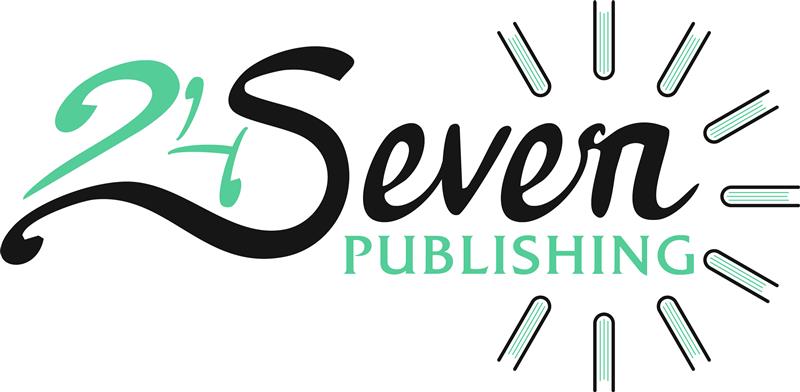You’ve outlined your story, written compelling characters, and created exciting plot twists. But when you read your manuscript, something feels off. It’s good—but not great. This is a familiar situation for authors, whether they’re just starting out or working with professional fiction editing services. The story flows, the writing is clean, and the ideas are solid, yet it doesn’t hit the emotional or dramatic high note that lingers with readers.
What’s missing? Most likely, your story lacks a literary crisis—the dilemma at the heart of all powerful narratives.
A literary crisis is the essential moment when your protagonist is forced to make a life-altering decision, often between two equally difficult or compelling options. It’s not just the dramatic peak of a story—it’s the crucible in which characters are forged, values are tested, and readers become emotionally invested.
In this guide, we’ll explore what a literary crisis is, why it matters, where it belongs in your structure, and how to craft one that turns your story from “good” to unforgettable.
What Is a Literary Crisis?
In narrative theory, a literary crisis is the pivotal moment where your protagonist must make a choice that defines the story’s direction. This moment is often confused with the climax, but they serve different functions:
- The crisis is about the decision.
- The climax is about the action that follows that decision.
Shawn Coyne, editor and creator of The Story Grid, explains that crises can take two forms:
-
Best Bad Choice
Your protagonist faces two painful or undesirable options and must choose the least damaging one.
Example:
A spy can save their country or their child—but not both.
-
Irreconcilable Goods
Your character must choose between two deeply cherished values or goals.
Example:
A young athlete must choose between a full-ride scholarship and staying home to care for a sick sibling.
In both cases, the decision reshapes everything that follows. This turning point deepens reader engagement and defines your character arc.
Why Most Good Stories Fail Without a Crisis
Stories without a clear dilemma often feel emotionally flat or disconnected. The protagonist reacts to events but rarely shapes them. Readers may stay interested—but they won’t feel truly invested.
Here’s why:
- No emotional payoff: Without a difficult decision, readers don’t experience catharsis.
- Passive protagonist: Characters who don’t make hard choices feel less real.
- Underwhelming climax: The climax loses its meaning if it isn’t driven by a deliberate decision.
When authors submit drafts for manuscript evaluation services, one of the most common notes is: “We need a stronger internal conflict or crisis.” The good news? This is fixable—and identifying the missing crisis can elevate your entire narrative.
Where Does the Crisis Belong?
In traditional story structure (like Freytag’s Pyramid or the Hero’s Journey), the crisis typically appears right after the final complication of the rising action and just before the climax.
Here’s a simplified breakdown:
- Inciting Incident: Disrupts the status quo.
- Rising Action: Complications escalate.
- Crisis: Character faces a pivotal choice.
- Climax: Character acts on their decision.
- Falling Action & Resolution: Consequences unfold.
This structure ensures the story is not just about what happens but about what the protagonist chooses. Without the crisis, the climax can feel hollow.
Literary Crisis in Action: Famous Examples
The Fault in Our Stars by John Green
Hazel must choose between protecting her heart or embracing love with Augustus. Her crisis—love vs. pain—makes her ultimate choice more powerful.
Breaking Bad (TV Series)
Walter White’s entire descent into criminality hinges on his early decision: continue as a mild-mannered teacher or “break bad” to secure his family’s future.
Pride and Prejudice by Jane Austen
Elizabeth Bennet must choose between pride and happiness when she reevaluates her feelings for Mr. Darcy—after learning the truth.
In all these stories, the dilemma makes the narrative memorable. The choice is not easy, but that’s what creates tension and empathy.
How to Write a Strong Literary Crisis
Creating a great crisis isn’t about tricking your character into a corner—it’s about understanding their core values and pushing them to the edge. Here’s a step-by-step guide:
-
Identify Competing Values
Ask: What does my character want? What do they fear losing most?
Create tension by placing those desires in direct conflict.
-
Raise the Stakes
Make both options meaningful. Readers must understand that either choice comes at a cost.
-
Make It Personal
External events should force an internal dilemma. This isn’t just about action—it’s about who the character is and what they believe.
-
Ensure the Crisis Drives the Climax
The climax should be the logical result of the crisis decision. If your protagonist simply stumbles into the climax, revise.
Pro Tip: When performing book synopsis writing, highlight the protagonist’s crisis moment. It’s a key selling point for agents and readers alike.
Common Mistakes to Avoid
❌ No Real Decision
If your protagonist only has one viable option, there’s no real crisis.
❌ Crisis Comes Too Late
A decision at the very end doesn’t allow enough time for consequences to unfold.
❌ Decisions Made by Others
If a secondary character drives the story’s turning point, the protagonist loses agency—and readers lose interest.
Crisis in Every Scene
Want to really supercharge your story? Apply the principle of literary crisis to every chapter.
Each scene should feature:
- A micro-dilemma or small choice
- An internal shift based on that choice
- A consequence that escalates tension
This technique creates a story full of momentum, emotional investment, and authentic character development—something we regularly reinforce in our ghostwriting for fiction and coaching work.
The Power of Revisiting Your Crisis
Even if your manuscript is complete, it’s never too late to revisit the story’s crisis. Ask:
- Is the decision clear and compelling?
- Are the stakes high enough?
- Is this truly the character’s choice—or just a plot requirement?
Using fiction editing services, you can identify where to tighten scenes, raise the stakes, or clarify motivations. A strong crisis often reveals itself through revision, not first drafts.
Conclusion
A good story entertains. A great story transforms. And that transformation hinges on one thing: a meaningful decision.
Your characters—like your readers—should face real dilemmas. The tougher the choice, the stronger the impact.
At 24 Seven Publishing, we specialize in helping writers craft those turning points. Whether you need manuscript evaluation services, strategic book synopsis writing, or full-scale ghostwriting for fiction, we’re here to help you shape stories that matter.
If your book is good—but you know it could be better—the answer may be simple: Add a crisis. Make them choose. And watch your story come alive.

